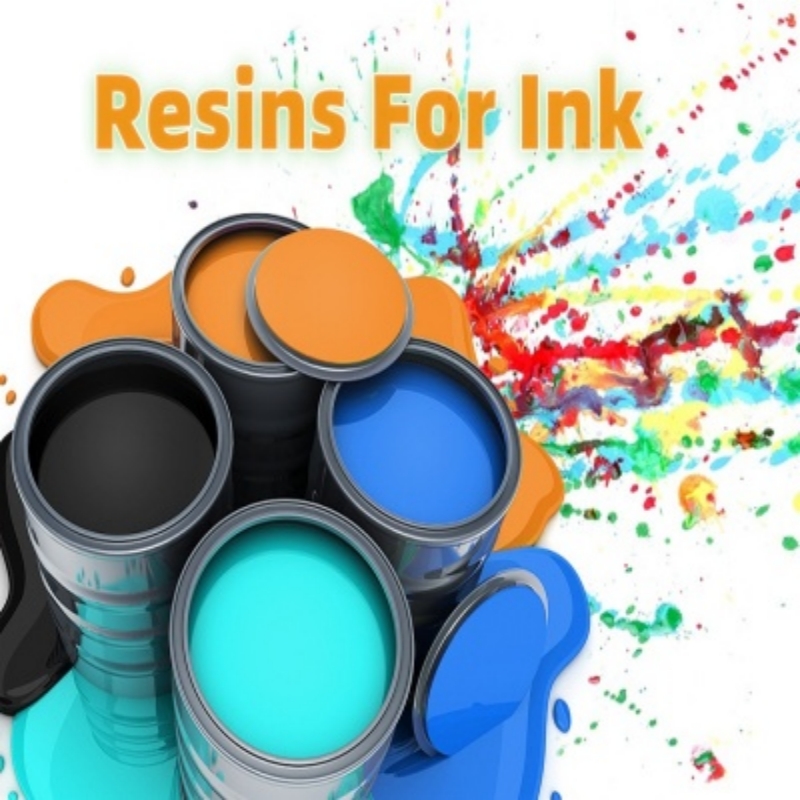Polyurethane resin is a high-performance polymer material with good chemical stability, wear resistance, and flexibility. It has been widely used in coatings, adhesives, and sealants, among other fields. In recent years, with the increasing demand for environmental protection, the application of polyurethane resin in the ink field has also attracted more attention. This article will analyze the influence of polyurethane resin on the performance of ink from a professional chemical perspective.

1. Influence of Polyurethane Resin on the Viscosity of Ink
Viscosity is an important factor affecting the printing performance of ink. Polyurethane resin has good thickening effect, which can effectively improve the viscosity of ink. By adjusting the molecular weight and structure of polyurethane resin, viscosity within a certain range can be controlled to meet different printing needs. In addition, polyurethane resin can also improve the flowability and drying speed of ink, thereby improving printing quality.
2. Influence of Polyurethane Resin on Adhesion of Ink
Adhesion refers to the bonding force between ink and the surface of the substrate。 It is an important indicator to measure the printing effect of ink. Polyurethane binder has good adhesion, which can improve the bonding effect between ink and film surface Studies have shown that polyurethane resin can form a stable interface structure through chemical reactions or physical absorption with functional groups such as hydroxyl groups and carboxyl groups on the film's surface, thereby improving the adhesion of ink.
3. Influence of Polyurethane Resin on the Environmental Resistance of Ink
Environmental resistance refers to the ability of ink to resist factors such as ultraviolet radiation and temperature changes in natural environments. Polyurethane resin has good environmental resistance, which can improve the anti-aging performance of ink. Research has found that isocyanate groups in polyurethane resin can undergo photocuring reactions under ultraviolet radiation, forming a stable crosslinked network structure, thereby improving the environmental resistance of ink. In addition, polyurethane resin can also be combined with other environmentally friendly resins such as acrylic resin to further improve the environmental resistance of ink.
4. Influence of Polyurethane Resin on the Ecological Compatibility of Ink
Ecological compatibility refers to the impact of ink on environment and human health during its production and use process. Polyurethane resin has good biodegradability, which can reduce environmental pollution caused by ink after use. At the same time, by adjusting the molecular structure and synthesis process, polyurethane resin can reduce the content of volatile organic compounds (VOCs), thereby reducing the impact of ink on environment and human health during production and use process.
In conclusion, the application of polyurethane resin in ink can effectively improve its viscosity, adhesion, environmental resistance, and ecological compatibility performance. However, the cost of polyurethane resin is relatively high, which may increase the cost of ink. Therefore, when choosing polyurethane resin as an additive for ink, it is necessary to comprehensively consider its performance advantages and cost factors to achieve optimal application effects.